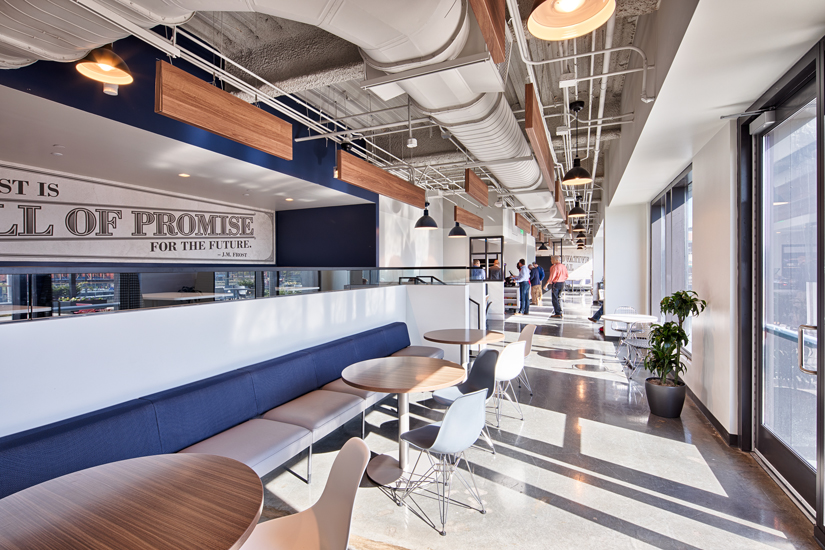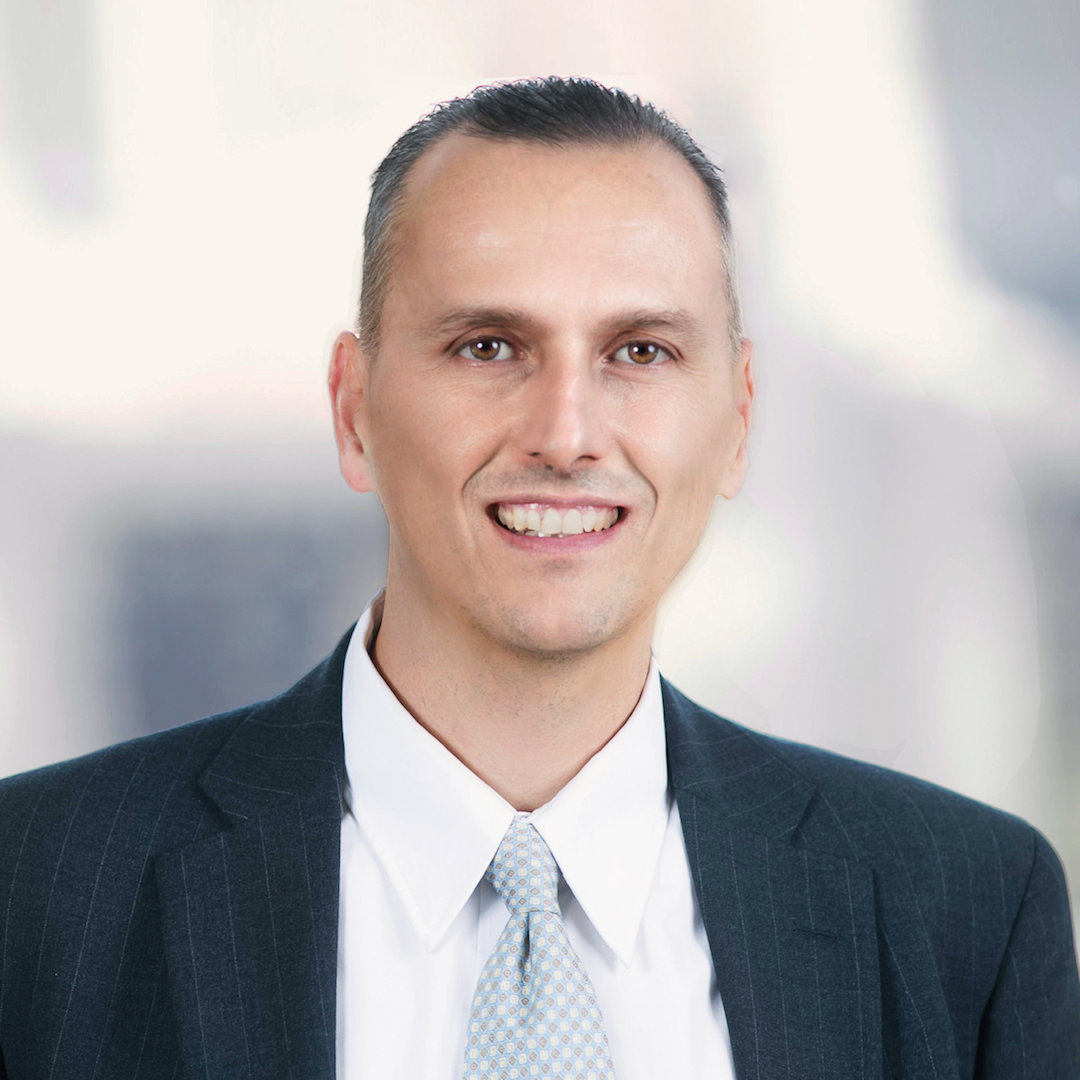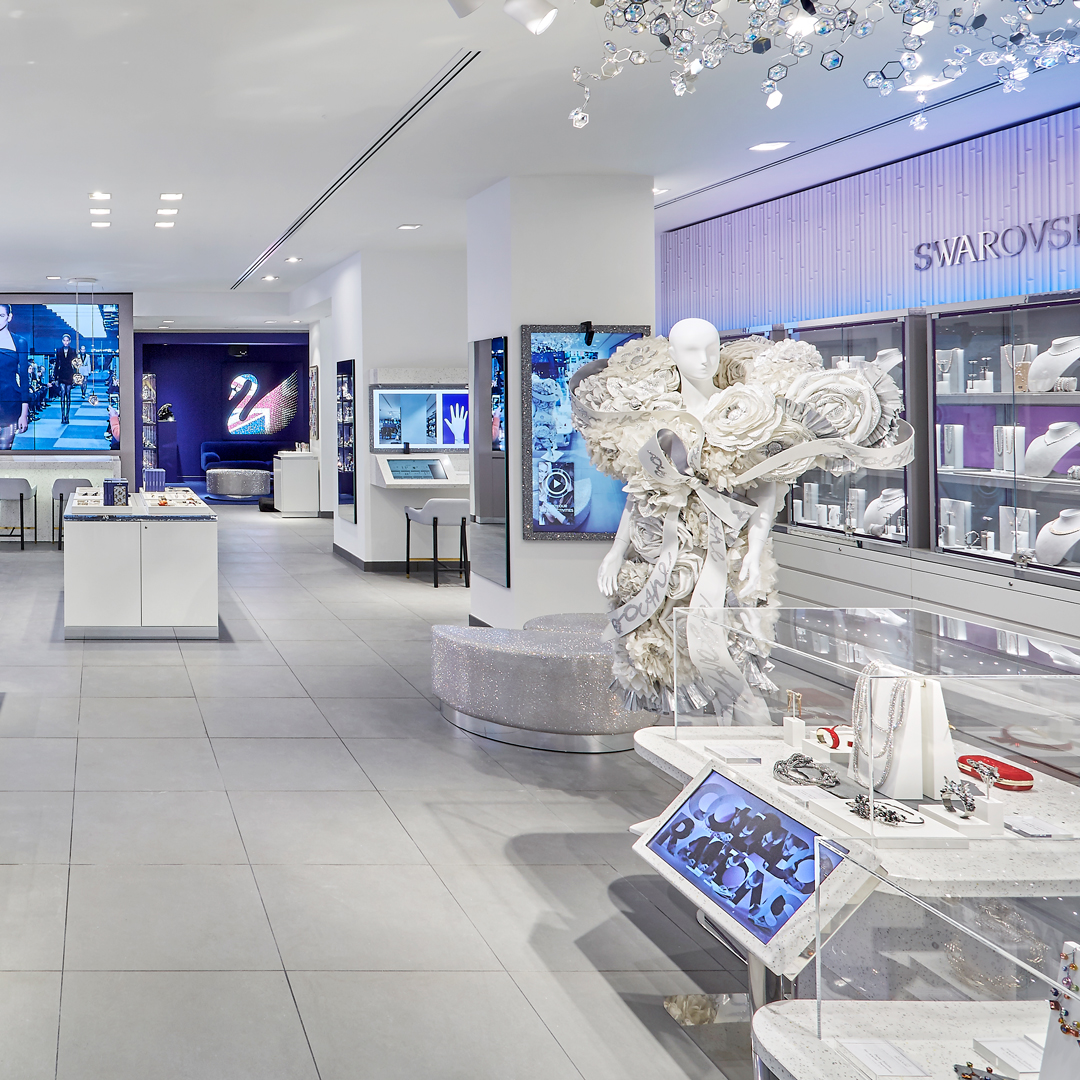In his time with LifeWay Christian Resources, director of corporate services Russell Vance has come to understand what the company’s employees need in their office: space, opportunities for collaboration, private areas, and the ability to work remotely when needed. Perhaps a game of ping-pong or foosball once in a while, too.
When the Nashville-based publisher and provider of Christian resources moved into its new headquarters in late 2017, it got all that and more. The new space was a necessary upgrade from LifeWay’s aging previous location.
“The old campus really didn’t suit how we work today,” Vance says. “It was time to change the way we work, the way we collaborate, the way we innovate.”

The change was a long time coming. Founded in 1891, the company had grown to occupy eight different buildings, the most recent of which was built in 2001. However, few of the buildings were built for modern office purposes. Many had existed long before PCs even came into the mainstream, and though a data center LifeWay developed in the 1960s had helped usher in the computer age, “we didn’t have the redundancies we needed for backup,” Vance says. “If we had a major power outage—or any kind of destruction to the facility—we’d be out for months just trying to rebuild the data center alone and get reconnected.”
By 2015, even more tech-related retrofitting was needed, and more difficulties were arising. Wi-Fi, for instance, was hit-or-miss, and only a few rooms could accommodate videoconferencing. So, in November of that year, the company sold its 15 acres of downtown property and fast-tracked plans for a new facility. Only 19 months passed between its groundbreaking and completion.
Now situated just a handful of blocks west of the Tennessee State Capitol, the nine-story headquarters measures 277,000 square feet—about a quarter the size of the old campus, and a fraction of its operating cost as well. And that’s just the beginning of the improvements. “This had to be a joint venture between our facility group and our IT group to deliver the right type of building—and technology—to support the way we needed to work,” Vance says.

Basically, LifeWay employees need to be able to work from anywhere, whether at home, in a café, or at the airport, waiting to embark on a business trip. Vance says the new facility therefore had to provide what’s needed for any of the 1,100 people on staff to work without being office and desk bound.
The eschewing of the traditional desk—and fixed-wall office, for that matter—is a crucial part of the new layout and culture. Each floor is dominated by large, natural-light workspaces designed to encourage collaboration and camaraderie among coworkers. More-remote areas are also available throughout the building, for when concentration and privacy are necessary, but the signature style at LifeWay’s headquarters is decidedly wall-free.
“There’s so much to be learned from an open-working environment,” Vance says. “It makes interaction so much easier; you see people rolling their chairs over to the desk next to them for a quick ad-hoc meeting all the time. We’ve come together better as a team.”
Strengthening the team dynamic at LifeWay, there are plazas on each floor with cafés and vending options; “fun zones” with ping-pong, foosball, video games; a fitness center; and a terrace outside the third-floor café, among other relaxing features.
On the business front, there’s ample meeting room space, and Wi-Fi and videoconferencing capabilities exist throughout the building. Staff surveys have returned strong positive feedback on everything from the space’s work-from-anywhere possibilities to the stronger sense of company unity it creates to the pride and excitement generated by the building itself.
Vance says he appreciates the feedback; after all, he encountered firsthand a number of employees—particularly older ones, who’d spent their careers in walled offices—who were very resistant to the idea of working differently. “They’d spend two weeks in the training lab we set up prior to moving in, and they’d always come out saying, ‘I don’t want to leave,’” he says with a laugh. “I found that interesting.”
Vance is determined to keep the wheel of progress moving. “What do we need to do to continue updating our building to where it continues to evolve with the way people work?” he asks. “How do we redevelop this space to meet the needs of future employees? Those are the next challenges we face.”



